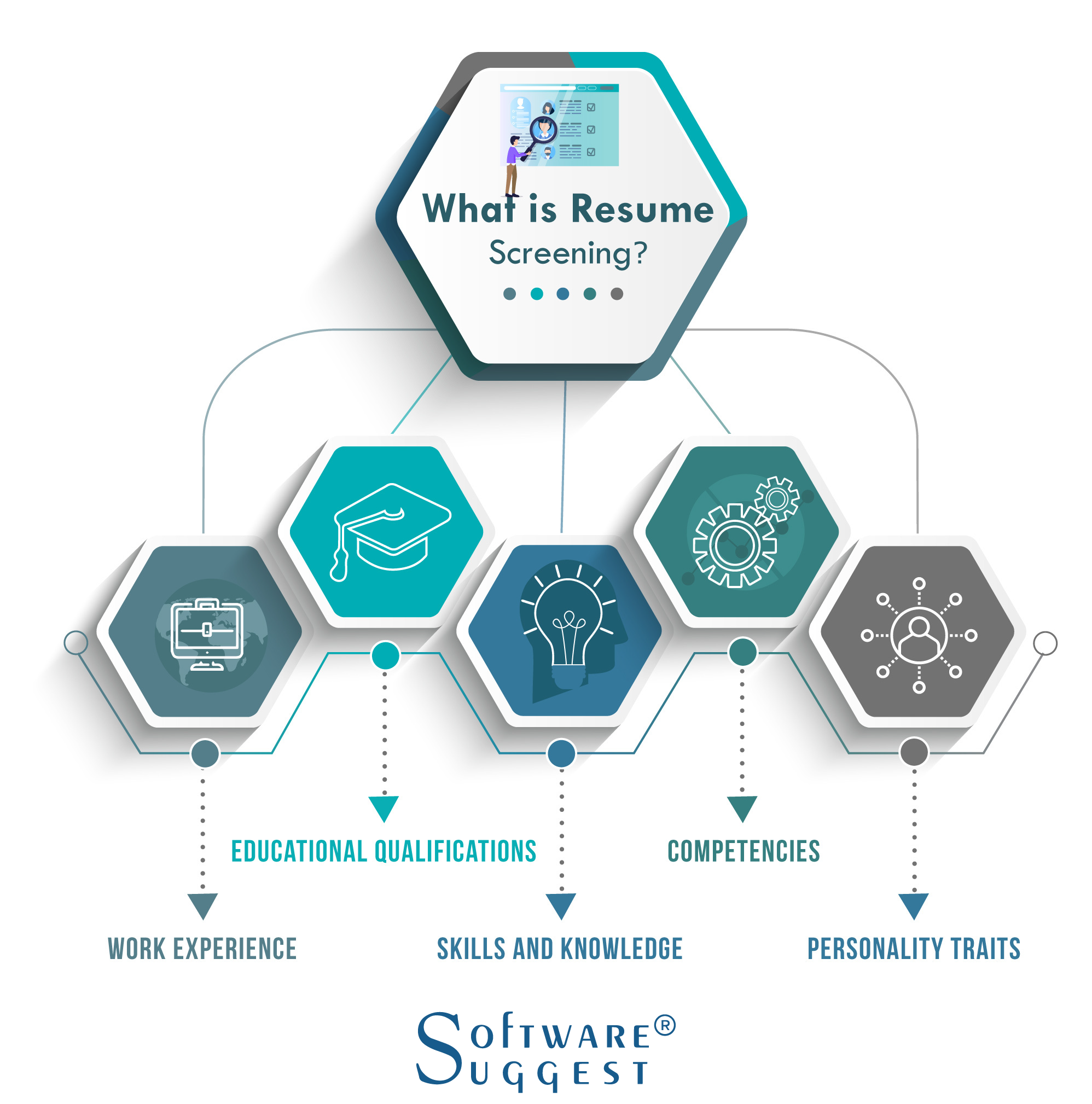Resume Filtering Software Presentation
| Introduction to Resume Filtering Software | ||
|---|---|---|
| Resume filtering software is designed to help employers streamline and automate the process of reviewing resumes. It uses algorithms and artificial intelligence to analyze and evaluate resumes based on specific criteria set by the employer. The goal is to efficiently identify the most qualified candidates for a job opening. | ||
| 1 | ||
| How Resume Filtering Software Works | ||
|---|---|---|
| Resume filtering software scans resumes for keywords and phrases relevant to the job description. It evaluates factors such as education, experience, skills, and qualifications. The software assigns a score or ranking to each resume based on how well it matches the criteria. | ||
| 2 | ||
| Benefits of Resume Filtering Software | ||
|---|---|---|
| Saves time and effort by automatically screening and sorting resumes. Reduces human bias in the initial screening process. Improves efficiency by prioritizing resumes that closely match the job requirements. | ||
| 3 | ||
| Challenges of Resume Filtering Software | ||
|---|---|---|
| Can potentially exclude qualified candidates who may not have the exact keywords or phrases on their resumes. May not accurately assess soft skills or other intangible qualities of a candidate. Requires regular updates and fine-tuning to ensure the software remains effective. | ||
| 4 | ||
| Best Practices for Optimizing Resumes for Filtering Software | ||
|---|---|---|
| Tailor your resume to include keywords and phrases from the job description. Use standard job titles and industry-specific terminology. Format your resume in a way that is easily scannable by the software. | ||
| 5 | ||
| Avoiding Common Mistakes with Resume Filtering Software | ||
|---|---|---|
| Don't rely solely on keywords – ensure your resume reflects your actual qualifications and experience. Avoid excessive keyword stuffing, as it may hinder readability and reduce your chances of being shortlisted. Proofread your resume to avoid spelling or grammatical errors that could negatively impact the filtering process. | ||
| 6 | ||
| Ethical Considerations in Using Resume Filtering Software | ||
|---|---|---|
| Ensure that the software is not discriminatory or biased against certain groups. Regularly review and update the criteria used by the software to avoid inadvertently excluding qualified candidates. Maintain transparency with applicants about the use of resume filtering software in the hiring process. | ||
| 7 | ||
| Common Resume Filtering Software Providers | ||
|---|---|---|
| Examples of popular resume filtering software include Applicant Tracking Systems (ATS) like Taleo, Workday, and Greenhouse. Each software provider offers unique features and functionalities, catering to different organizational needs. It's important to research and select the software that best aligns with your hiring requirements. | ||
| 8 | ||
| Future Trends in Resume Filtering Software | ||
|---|---|---|
| Advancements in artificial intelligence and machine learning will enhance the accuracy and effectiveness of resume filtering software. Integration with other HR technologies like video interviewing and online assessments will provide a more comprehensive candidate evaluation. Increased focus on diversity and inclusion will lead to the development of more unbiased resume filtering algorithms. | ||
| 9 | ||
| Conclusion | ||
|---|---|---|
| Resume filtering software is a valuable tool for employers to efficiently screen and identify qualified candidates. While it has its limitations, optimizing resumes and using best practices can improve the chances of being shortlisted. As technology advances, resume filtering software will continue to evolve, providing more accurate and inclusive hiring solutions. | ||
| 10 | ||





